Original Text from Zukunashi no Hiyamizu's Blog :http://inventsolitude.sblo.jp/article/98216282.html
April 24th 2014
Back to the hot spot
I went back to the hot spot that I found on my first field trip.
As it is certain that there are highly radioactive substances out there I put on some extra protection. I stuck my feet and trainers into plastic bags and sealed them with masking tape.
The sensor of the survey meter was in the cloth wine bag, the bottom of which was protected by a plastic bag. Like this I should be able to detect gamma and beta rays.
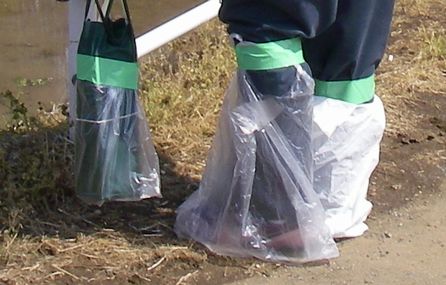
This is the photo of the hot spot that I found on my first field trip. On April 13th it looked like this.
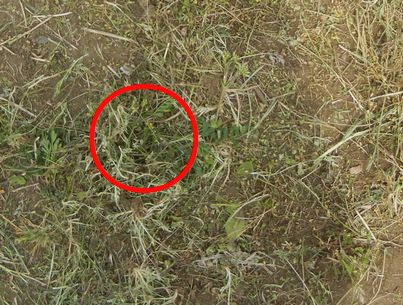
When I came today it had changed like this. The preparation of the rice paddies around had started and tractors had been passing this spot.
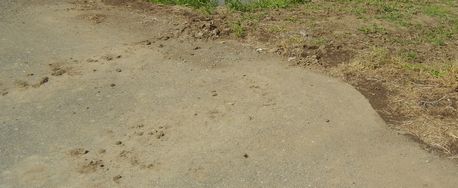
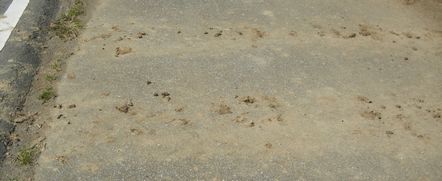
7.000 and 10.000 cpm
I started to measure the lumps of soil that were scattered around one by one and found a hot lump just a-turn-of-a-tracor-wheel away.
I raised the range from the very beginning this time as my survey meter has a slow response and I would have to wait for a while if it went off the scale. The limit of the range was 10.000 cpm. Time constant was 30 sec. It read 7000 cpm.
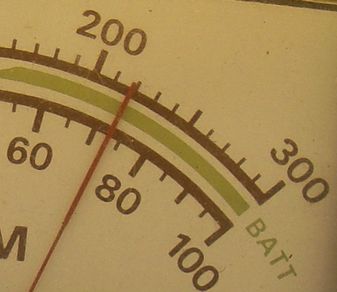
I moved on to measure other lumps. The measurement went over the range.
So I raised the scale to up to 30.000 cpm. The time constant was 30 sec. I detected over 10.000 cpm with the survey meter lying directly on the ground. The highest reading I had ever seen, of course.
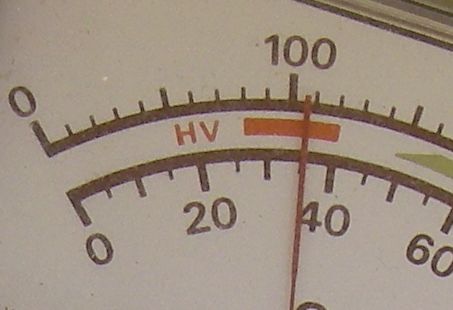
The settings:
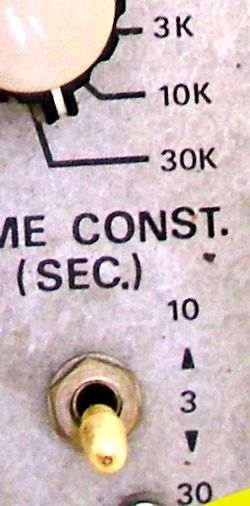
I repeat that this survey meter is getting on a bit and that the actual figures of the readings may not be very accurate. However, if you consider that usually it only reads 50-60 cpm, it was certainly detecting tremendously high radiation there.
The highly radioactive pieces that made the news in 2013 and which were found near the mouth of the Idegawa river in Narahamachi (Fukushima prefecture) measured 12.000 μSv/h, 4700 μSv/h, 3400 μSv/h and 100 μSv/h each. We were told then that a piece of 3400 μSv/h has a surface radiation contamination of over 100.000 cpm. I remember that these pieces were small but of a substantial size, a size we could visibly see.
In the case of my fieldwork, I cannot tell what exactly is the source of radiation in the lump of soil. But if the reading of my survey meter is accurate, 100.000 cpm is pretty impressive.
Actually I had been planning to report it to the municipality if I detected high radiation today and to provide a detailed indication on the map and the photos of the monitor readings. But seeing how the spot had changed I changed my mind. Rain could simply wash the lump away, or if another tractor passes, it could carry the lump away on its wheels and crush it on the road. The radiation source would be scattered and then lost. If the municipality can’t determine the hot spot they might judge me a false alarmist. I’m not sure if they have the instrument to detect the beta rays anyway. If they just measure with a dosimeter that only detects gamma rays they wouldn’t be able to detect this tremendously high radiation. For example just look at the air dose rate of the area. It is relatively high but not shockingly high.
Chiba is not the only place
I shall never come to this area again. This can’t be the only hot piece that fell here. There must be hot pieces like this all over this place. Since I don’t know what they look like, where they are and how many of them there are, I’d better stay out of here.
But this applies to all of Kanto and the Tohoku region. Just think of the report by an American civil engineer that found 310 Bq in the dust that had been collected from a bag of a vacuum cleaner in Nagoya. Out of all the dust it was one minuscule particle that was radioactive, only 10 microns across. Or 10 one-millionth of a meter across. You only need 100 such particles and you get 31.000 Bq. And Nagoya is 460 km southwest of the accident site in Fukushima, far beyond Chiba or Tokyo.
There was also a tweet by a person who was working in the central market of Osaka at the time of the accident. He said that around March 22nd 2011, huge amounts of vegetables from Kanto were being sold for next to nothing and among them, some measured above 50.000 Bq/kg.
So after all, maybe it is not a surprise that there are hot spots with more than 10.000 cpm in the Kanto region. Even if 3 years have passed after the accident and the short lived radioactive particles have disappeared.
0 件のコメント:
コメントを投稿